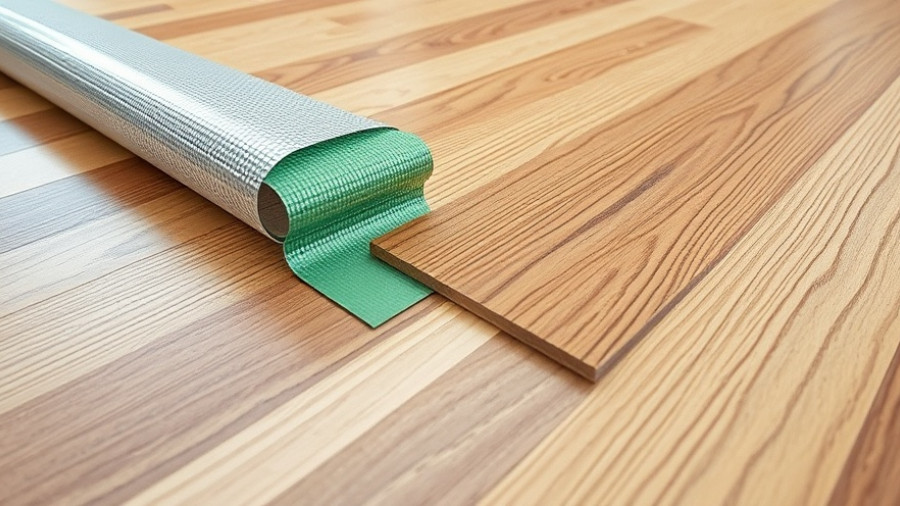
Unlock the Secrets to a Clog-Free Bathtub
Having a clogged bathtub is a common yet frustrating issue for homeowners looking to maintain a pleasant bathing environment. The good news? You can unclog it yourself without resorting to harsh chemicals. Armed with a few handy household items, you can tackle this issue head-on and get your tub draining smoothly again.
Why Clogs Happen: Understanding the Culprits
Most bathtub clogs are caused by a build-up of hair, soap residue, and other debris. Over time, these materials accumulate and create a blockage that can slow down the draining process or cause a complete stop. This not only affects your bathing experience but can also lead to worse plumbing issues down the line.
Essential Tools for the Task: What You'll Need
- 4-in-1 screwdriver
- Utility knife
- Needle-nose pliers
- Heavy wire to fashion a hook
- A pot for boiling water
Having these tools on hand will make the unclogging process much easier and more effective.
Step-by-Step Guide to Unclog Your Bathtub Drain
Let's dive into the practical steps you can take to unclog that pesky drain.
1. Remove Standing Water
If there's standing water in your tub, use a bucket, sponge, or towels to remove as much as possible. Dump the water in the toilet if you can, making this job a little easier.
2. Take Out the Stopper
Most bathtubs have a drop stopper that needs to be removed. Locate the screws under the cap, lift it with your finger, and unscrew them. This will give you better access to the drain for cleaning.
3. Plug the Overflow
Using a wet washcloth, plug the overflow drain opening under the faucet. This ensures that the pressure you create while plunging doesn’t escape.
4. Use a Plunger
Place the plunger over the drain and pump vigorously for about 20 seconds. You might hear a satisfying gurgle as the water starts to drain. If it doesn't work the first few tries, don't lose hope; just keep plunging!
5. Try the Boiling Water Technique
Pouring boiling water down the drain can effectively dissolve gunk buildup. If the tub is made of fiberglass or has been reglazed, use hot—not boiling—water to avoid damaging it.
6. The Baking Soda and Vinegar Remedy
If your clog persists, try a natural solution. Pour half a cup of baking soda down the drain followed by a cup of vinegar. Cover it and let it sit for about 15-20 minutes, then flush it with boiling water to clear out any debris left behind.
Additional Techniques Worth Trying
Hair Removal Tools
Consider using a coat hanger shaped like a hook or a specialized drain tool to fish out stubborn clogs without having to go through the traditional plunging process. These tools can help grab and pull tangled hair or other debris.
Future Preventative Measures
The best way to handle clogs is to prevent them in the first place. Regularly clean your strainer or stopper and consider installing a mesh drain trap to catch hair before it gets lodged down the drain. Additionally, try to make a habit of pouring boiling water down the drain weekly to reduce buildup.
The Bottom Line: DIY Success!
Being proactive with your bathtub maintenance can save you from future headaches, not to mention money spent on plumbers or chemical cleaning agents. Embrace these simple techniques for a more enjoyable bathing experience.
Feeling inspired to try unclogging your drain? You've got the tools and techniques at your disposal to conquer that clog without the need for harsh chemicals. Gather your supplies, follow these steps, and take the DIY approach to home improvement!
 Add Row
Add Row  Add
Add 




Write A Comment